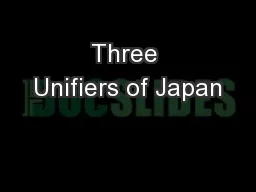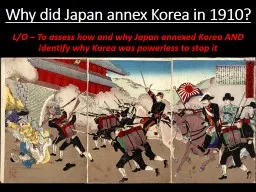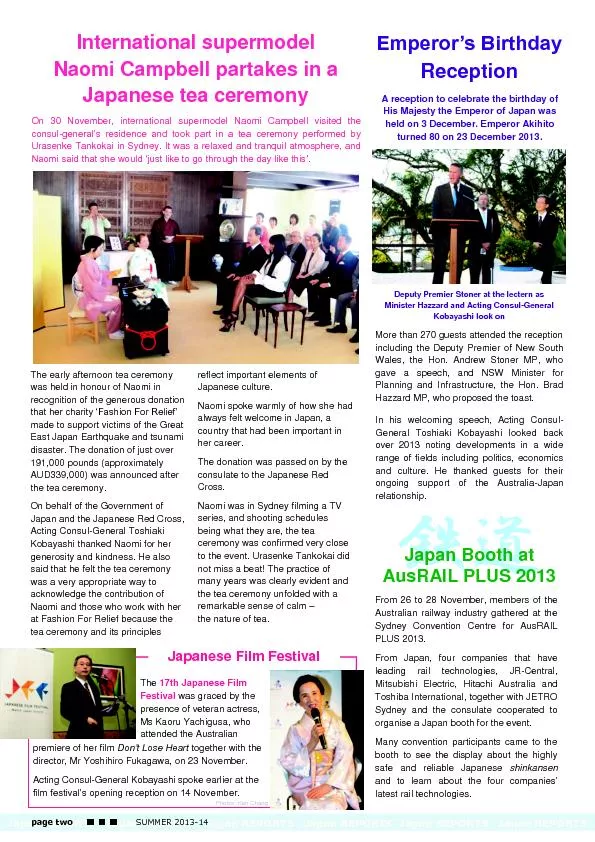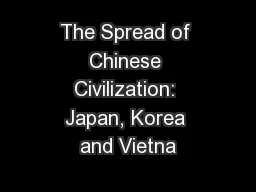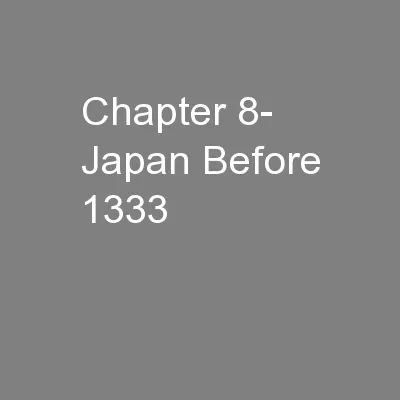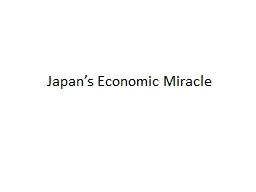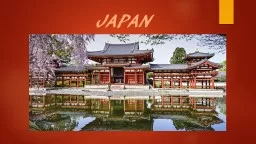PPT-Three Unifiers of Japan
Author : faustina-dinatale | Published Date : 2017-06-30
The long rule of the Ashikaga shoguns finished in chaos The warring states period lasted for more than 100 years from the middle of the fifteenth century until the
Presentation Embed Code
Download Presentation
Download Presentation The PPT/PDF document "Three Unifiers of Japan" is the property of its rightful owner. Permission is granted to download and print the materials on this website for personal, non-commercial use only, and to display it on your personal computer provided you do not modify the materials and that you retain all copyright notices contained in the materials. By downloading content from our website, you accept the terms of this agreement.
Three Unifiers of Japan: Transcript
Download Rules Of Document
"Three Unifiers of Japan"The content belongs to its owner. You may download and print it for personal use, without modification, and keep all copyright notices. By downloading, you agree to these terms.
Related Documents

